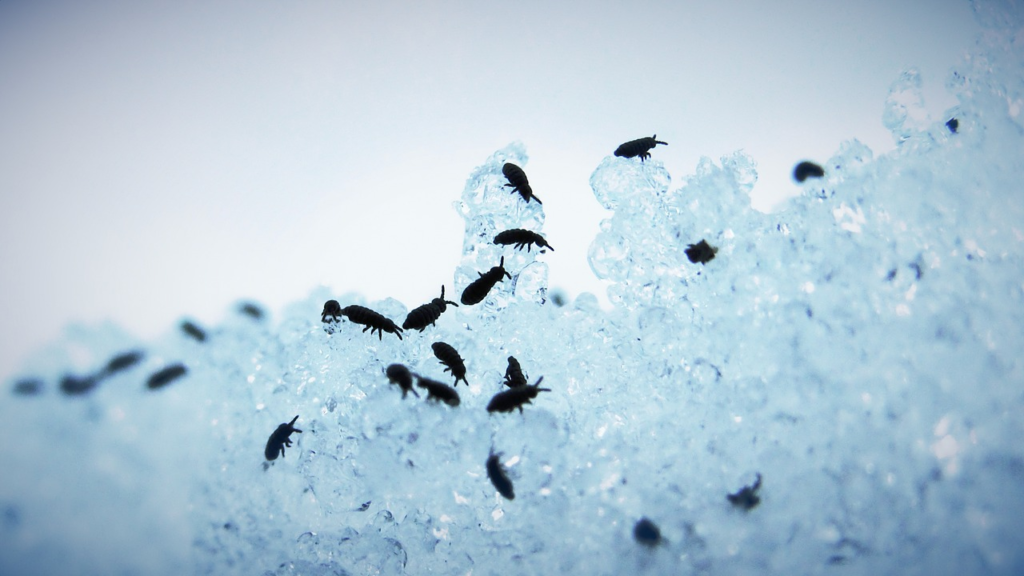Fleas can be a persistent and frustrating problem for pet owners. These tiny pests not only cause discomfort for your furry friends but can also infest your home, making it a challenge to get rid of them completely. If you’ve been struggling with a flea infestation, fear not! In this comprehensive guide, we’ll walk you through effective strategies to eliminate fleas from your home and keep them from coming back.
Understanding the Flea Lifecycle
The first step in combating fleas is understanding their lifecycle. Fleas go through four stages – egg, larva, pupa, and adult. Knowing this lifecycle helps you target them at every stage, ensuring a thorough eradication.
- Egg Stage: Female fleas lay eggs on your pet, which then fall off into the environment, such as carpets and bedding.
- Larva Stage: Eggs hatch into larvae, which feed on organic debris in your home.
- Pupa Stage: Larvae spin cocoons and enter the pupal stage, where they can remain dormant for weeks.
- Adult Stage: Adult fleas emerge from their cocoons and seek out a host to feed on.
Inspecting Your Home and Pets
Conduct a thorough inspection of your home and pets to identify the extent of the flea infestation. Look for adult fleas, flea dirt (tiny black specks), and signs of itching or discomfort in your pets.
- Check Your Pets: Use a flea comb to check your pet’s fur, focusing on areas like the neck and tail base.
- Inspect Your Home: Look for flea dirt on pet bedding, carpets, and furniture.
Vacuuming Thoroughly
Regular vacuuming is one of the most effective ways to remove fleas and their eggs from your home. Make sure to vacuum all areas where your pet spends time, including carpets, rugs, and furniture.
- Frequent Vacuuming: Vacuum daily during an infestation to reduce the number of fleas and eggs.
- Dispose of the Bag: After vacuuming, dispose of the vacuum bag or empty the canister outside to prevent fleas from re-infesting your home.
Washing Pet Bedding and Linens
Wash your pet’s bedding and any linens they frequently come into contact with in hot water. High temperatures will kill fleas and their eggs, helping to reduce the infestation.
- Use Hot Water: Wash bedding and linens in the hottest water setting available.
- Dry on High Heat: Ensure items are thoroughly dried on high heat to kill any remaining fleas.
Using Flea Treatments for Pets
Treating your pets with flea medications is crucial for breaking the flea lifecycle. There are various options available, including topical treatments, oral medications, and collars.
- Topical Treatments: Apply spot-on treatments directly to your pet’s skin to kill fleas on contact.
- Oral Medications: Administer oral flea medications that kill fleas when they bite your pet.
- Flea Collars: Use flea collars to provide continuous protection against fleas.
Applying Insecticides in the Home
In addition to treating your pets, use insecticides to target fleas in your home. Look for products labeled for indoor use that contain ingredients like imidacloprid or permethrin.
- Spray Carpets and Furniture: Apply insecticide sprays to areas where fleas are likely to hide, such as carpets and upholstered furniture.
- Follow Instructions: Always follow the manufacturer’s instructions for safe and effective use.
Treating Outdoor Areas
Fleas can also thrive in outdoor environments, so it’s important to treat your yard if your pet spends time outside. Use outdoor flea control products to create a barrier around your home.
- Apply Outdoor Treatments: Use granular or spray treatments designed for outdoor use.
- Focus on Shaded Areas: Fleas prefer shaded, moist areas, so concentrate treatments on these spots.
Considering Professional Flea Treatments
If your flea infestation is severe, it may be time to consider professional flea treatments. Pest control professionals have access to stronger treatments that can effectively eliminate fleas from your home and yard. Professional pest control services can provide a thorough assessment of your flea problem. Also, professional Flea control solutions can reach areas that are difficult to deal with yourself. So, you can rest assured that your flea problem will be eradicated.
Preventing Future Infestations
Once you’ve eliminated fleas from your home, take steps to prevent future infestations. Regular maintenance and preventive measures can keep your home flea-free.
- Maintain Flea Treatments: Continue using flea treatments on your pets year-round.
- Regular Cleaning: Keep your home clean and vacuum regularly to remove any stray fleas or eggs.
Monitoring for Fleas
Even after you’ve successfully eliminated fleas, it’s important to monitor your home and pets for any signs of a re-infestation. Early detection can help you take swift action to prevent a full-blown infestation.
- Check Pets Regularly: Use a flea comb to check your pets for fleas periodically.
- Inspect Bedding and Carpets: Look for signs of flea dirt or eggs in pet bedding and carpets.
Fleas can be a challenging pest to deal with, but with the right approach, you can effectively eliminate them from your home and keep them from coming back. By understanding the flea lifecycle, treating your pets and home, and taking preventive measures, you can enjoy a flea-free environment.






